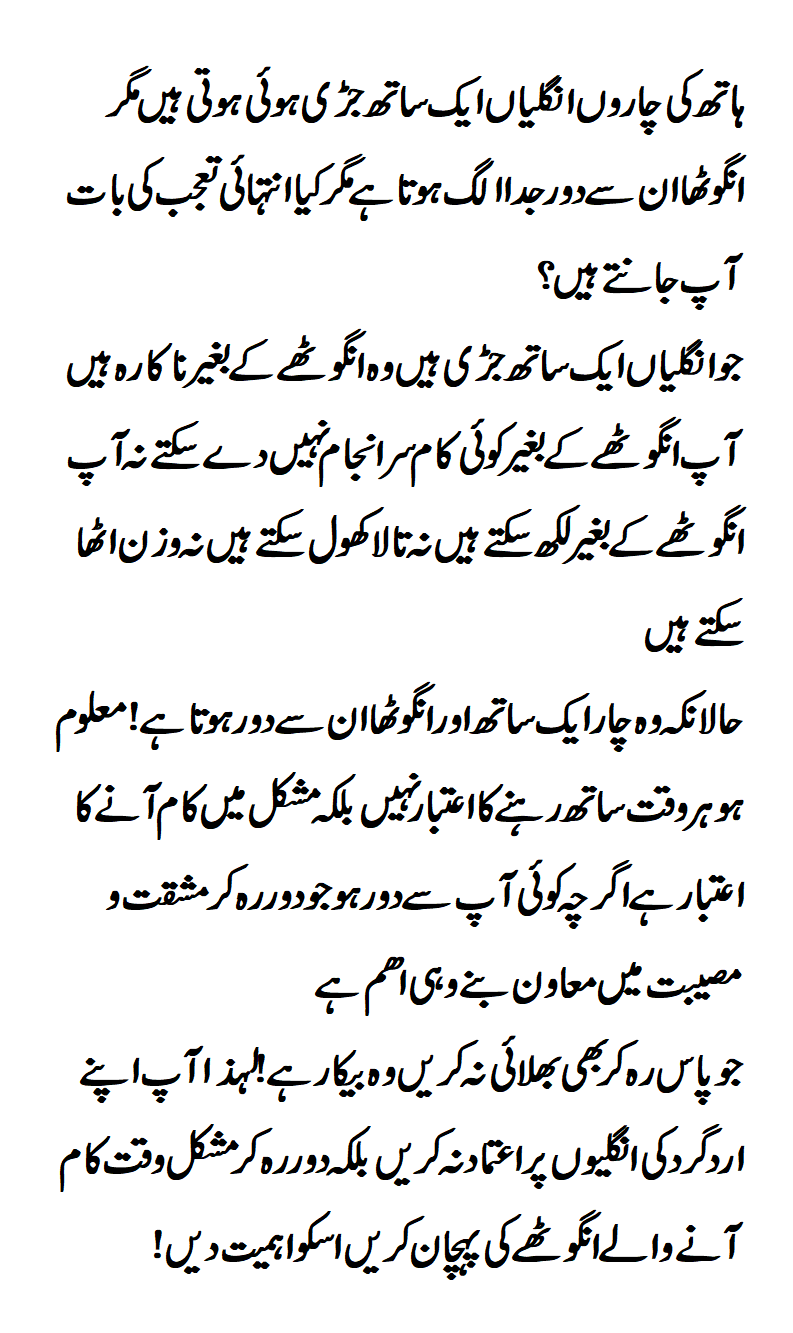The joints in our hands are made up of cartilage surfaces that cap the bones. Cartilage is a smooth surface that allows for gliding. When cartilage is healthy, there is a cushioning effect of the cartilage that absorbs and evens out the forces across the joint. Our joints typically have a capsule of tough, but flexible, fibrous tissue that helps hold the joints together and an inner lining of synovium. The synovium has multiple functions including to help provide fluid for lubrication of the joint. The tough fibrous tissue is often what is injured when you have a sprain of a joint.
When discussing hand joints, we refer to the palmar or volar surface (the palm side), the dorsal surface (the back of the hand), the radial side (toward the thumb), and the ulnar side (toward the little finger).
Interphalangeal Joint (IP)
The thumb digit has only two phalanges (bones) so it only has one joint. The thumb interphalangeal (IP) joint is similar to the distal interphalangeal (DIP) joint in the fingers. The IP joint in thumb is located at the tip of the finger just before the fingernail starts. The terminal extensor tendon in the thumb comes from the extensor pollicis longus muscle. The radial and ulnar collateral ligaments are important to provide stability of the fingertip during pinching.
Metacarpophalangeal Joint (MP)
The MP joint is where the hand bone, called the metacarpal, meets the finger bones, called the phalanges. A single finger bone is called a phalanx. MP joints are important for both power grip and pinch activities; they are where the fingers move in relation to the hand. The MP joint primarily allows you to bend and extend the thumb. The ulnar collateral ligament of the thumb MP joint is important to stabilize the thumb during most pinch activities and is commonly injured.
